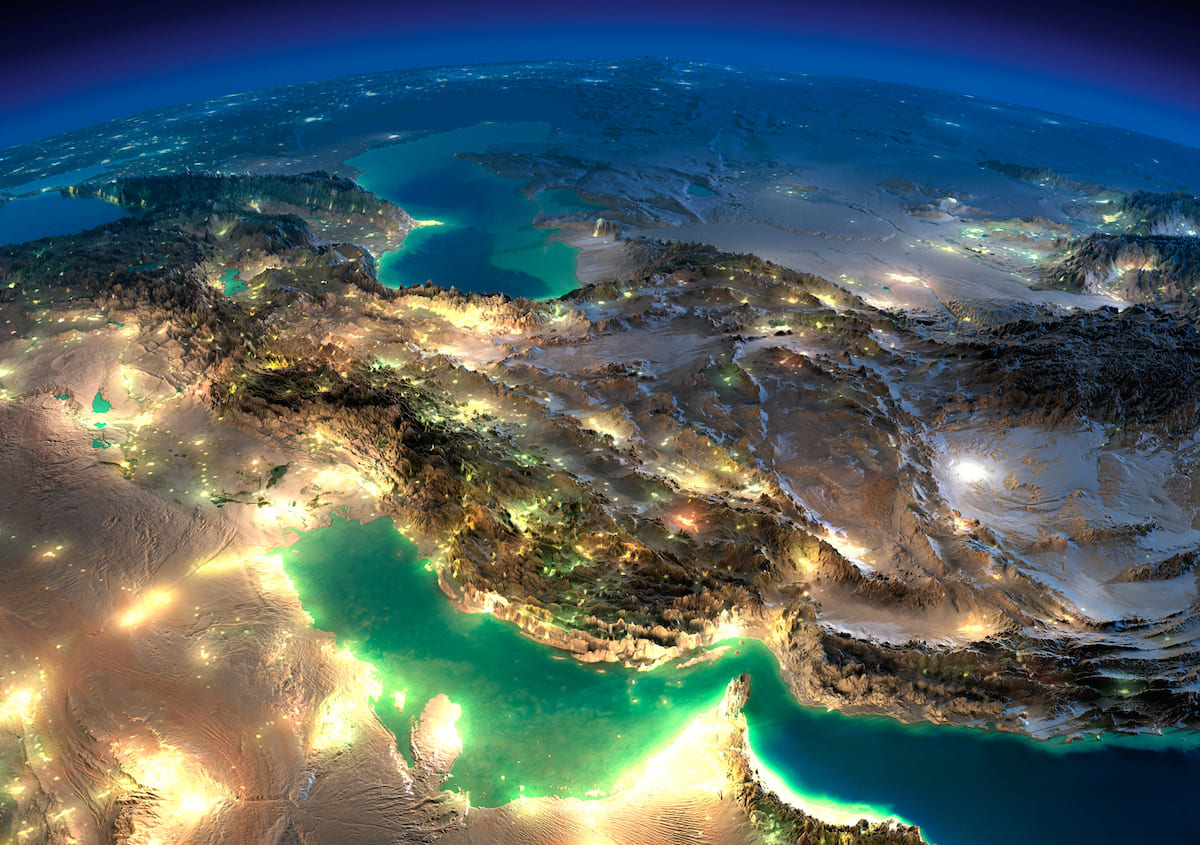
The Islamic Republic is believed to have hidden approximately 60% of its uranium stockpiles in undisclosed locations across the country, increasing the risk of nuclear contamination.
Recent Israeli and U.S. attacks have reignited concerns over nuclear contamination in Iran. So far, Israel’s airstrikes on Iranian territory have posed only limited threats. However, a direct strike on the Bushehr nuclear power plant could trigger a catastrophic nuclear disaster.
Historically, Israel has targeted nuclear facilities before they become fully operational, aiming to prevent radioactive leaks and emissions. This approach was seen in the 1981 strike on Iraq’s Osirak reactor and in the 2007 attack on Syria’s Deir ez-Zor reactor.
Low-emission targets, high-stakes risk
Once again, this strategy appears to be in play. Israel has reportedly targeted the heavy water facility in Arak, while U.S. forces have hit the uranium enrichment site in Natanz and the uranium conversion plant in Isfahan.
The U.S. Air Force also struck the underground Fordow enrichment site, located deep inside a mountain. According to the Centre for Strategic and International Studies (CSIS), these specific sites present a relatively low risk of radioactive emissions because the uranium involved has not yet been used in a nuclear reactor. The primary concern in these cases is chemical, not radiological. Still, Natanz, Arak, Isfahan, and Fordow remain crucial to Iran’s nuclear program.
The reactors not yet targeted
Two major nuclear reactors have not yet been attacked: the research center near Tehran and the Bushehr nuclear power plant. In both cases, any military strike would carry a far greater risk of radioactive contamination. A strike on the Tehran facility would likely result in local contamination, while one on Bushehr could impact neighboring countries.
A hit on Bushehr could disable vital desalination plants in Kuwait, Qatar, Bahrain, and the United Arab Emirates, which rely heavily on these facilities for their drinking water. In fact, Bahrain and Qatar draw 100% of their potable water from desalination, while the others depend on it for 80%.
Despite these risks, the Tehran and Bushehr sites currently play a secondary role in Iran’s nuclear development. This is why they have not been prioritized as targets – at least for now. However, if Iran were to pursue nuclear weapons using plutonium, a byproduct of reactor operations, Bushehr could become a strategic objective.
IAEA findings and underground stockpiles
The International Atomic Energy Agency (IAEA) has reported internal contamination at the Natanz and Isfahan facilities due to the presence of enriched uranium and uranium hexafluoride. So far, no external consequences have been observed. As for Fordow, detailed data remains unavailable because of the site’s fortified nature. The CSIS notes that, in Fordow’s case, chemical hazards outweigh radiological ones, although the site’s depth might limit surface-level dangers.
What raises further alarm is the Iranian government’s decision to disperse roughly 60% of its uranium reserves across unknown locations nationwide. If these hidden stockpiles were to be attacked – either deliberately or by mistake – the risk of widespread nuclear contamination would increase, especially if they are not properly secured.
The latest developments underscore once again the potentially fatal consequences of warfare in regions with active nuclear reactors or uranium enrichment plants. A concern that, as the ongoing war in Ukraine has shown, can persist for years.